Energy & Environment Fellows in Santa Fe, New Mexico
October 28, 2025
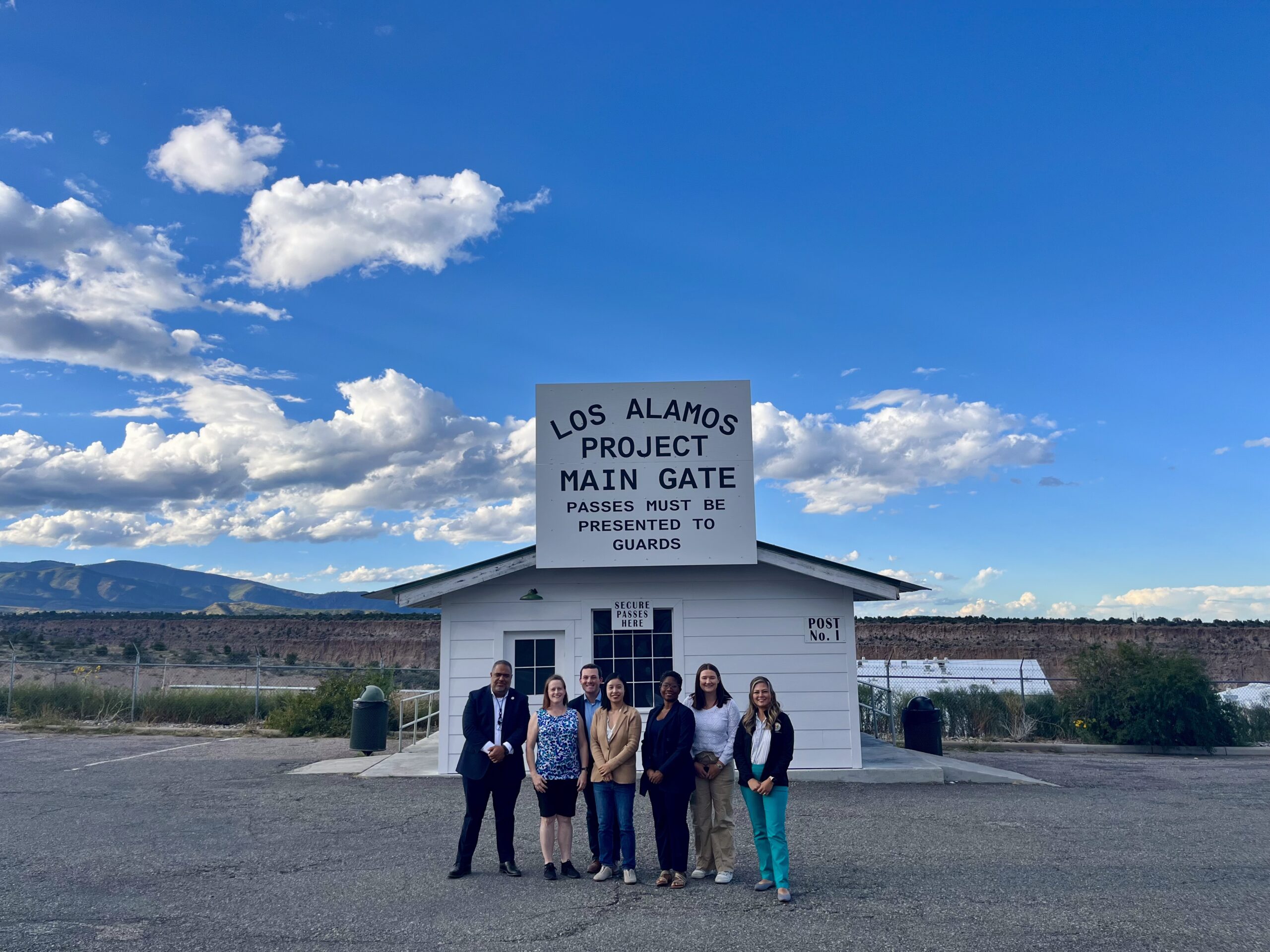
By Catherine Nichols
On a brisk, sunny day in September, six young lawmakers from Colorado, Hawaii, Iowa, Massachusetts, North Dakota, and Rhode Island landed in the Land of Enchantment — Santa Fe, New Mexico — for a once-in-a-lifetime experience.
Each lawmaker is part of the Energy & Environment Innovation Fellowship, a two-year program that equips lawmakers across state and party lines with the tools, expertise, and connections they need to advance innovative energy and environment legislation in their own communities. The scope of the program is sweeping, with lawmakers focusing on anything from climate change and conservation to power grids and America’s changing energy needs. This year’s experiential learning trip was designed to give the lawmakers a look into many of the complex issues in the energy and environment spheres, bringing theory to life over meals with experts and through two unique site visits.
Because New Mexico is the second largest oil producer of the 50 states, and conserving water and natural resources in the midst of a desert has put the state on the cutting edge of environmental innovation, it was the perfect place for Future Caucus Energy & Environment Innovation Fellows to explore.
The lawmakers had their first taste of Santa Fe at a local dinner alongside Rep. Reena Szczepanski, Majority Leader of the New Mexico House of Representatives, and Claudia Borchert, Climate Change Bureau Chief at the New Mexico Environment Department. Their conversation homed in on the complexity and vitality of climate, water, and energy policies in New Mexico from both the legislative and executive perspective. The state is rife with natural resources, resulting in longstanding, constant tension between protecting them and making the most of the economic opportunities they provide.
The next day began with a walking tour of Alto Park with Mori Hensley, Executive Director of the Santa Fe Watershed Association, which uses advocacy and education to strengthen community ties to the watershed and build resilience against drought and wildfires. Legislators also met with Claudia Borchert and Sunalei Stewart, Deputy Commissioner of Operations at the New Mexico State Land Office to learn about the intersections of environmental conservation and renewable energy, and the fellows were able to learn from Deputy Stewart’s expert experience working with public land management and climate action planning.
After lunch, lawmakers had an extremely rare opportunity to visit Los Alamos National Laboratory, a sprawling facility that has evolved dramatically since its origins as the home of the Manhattan Project during World War II. Today, Los Alamos is a leading research institute on vital scientific issues, and it employs approximately 18,000 people. As Kathy Keith, Community Partnerships Division Leader at Los Alamos, told the visiting lawmakers, “If you can think of a scientific field or specialty, we have someone working on that here.”
Fellows learned from Los Alamos statistician Earl Lawrence about the AI research taking place at Los Alamos, and they came prepared with incisive questions about the implications of this technology for their states, the research methods used, and the energy cost of the laboratory’s incredible supercomputer.
Afterwards, the group toured the Los Alamos National Park, connecting the complex past of the site with its dynamic present and uncertain future and visited the flagship Meow Wolf—an immersive museum experience built by a collective of 135 artists and resembling something between an art gallery, movie set, escape room, and cocktail party.
Although the trip was brief, it provided the Energy & Environment fellows with new and valuable experiences at every turn, from deep discussion with subject matter experts and hands-on connection with the world and community around them to mind-bending art installations. These opportunities all underscored the same lesson: policymaking should be innovative and imaginative, especially in the face of rapidly shifting and uncertain futures. By seeing climate resilience and energy innovation in action, fellows returned home with sharper insights, stronger connections, and a deeper commitment to building proactive policies that protect communities today and safeguard the planet for tomorrow.
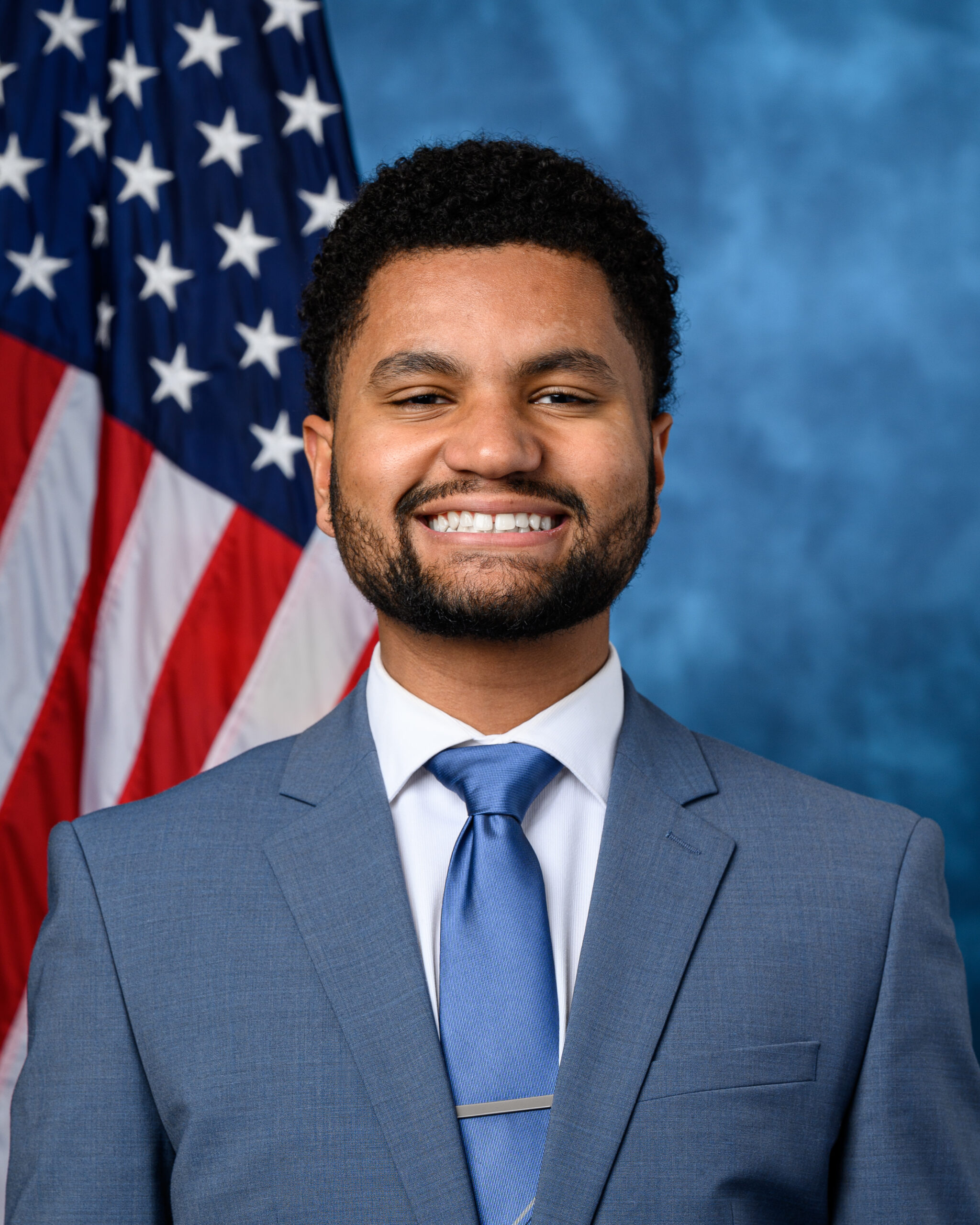
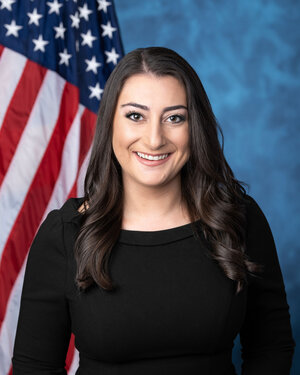
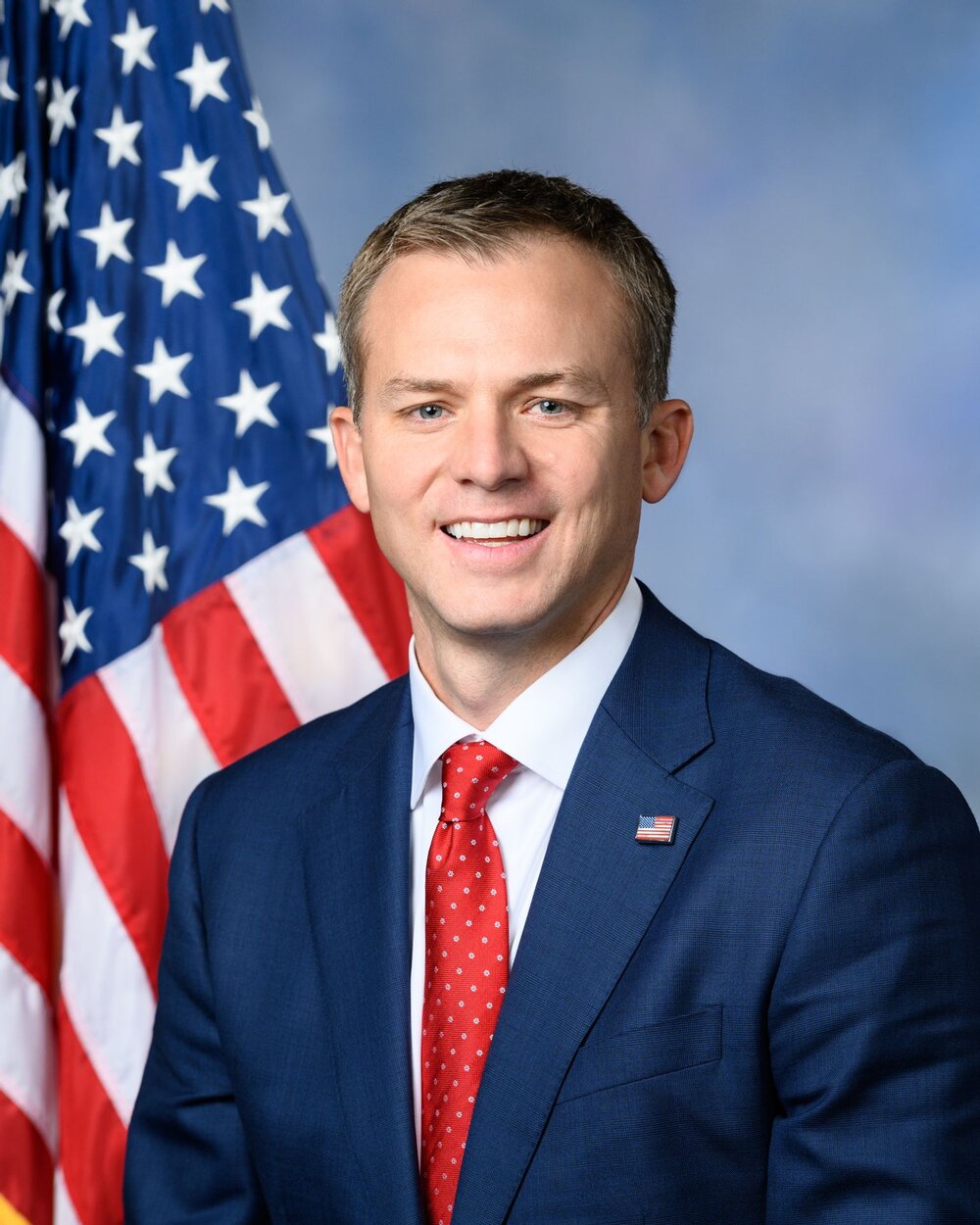
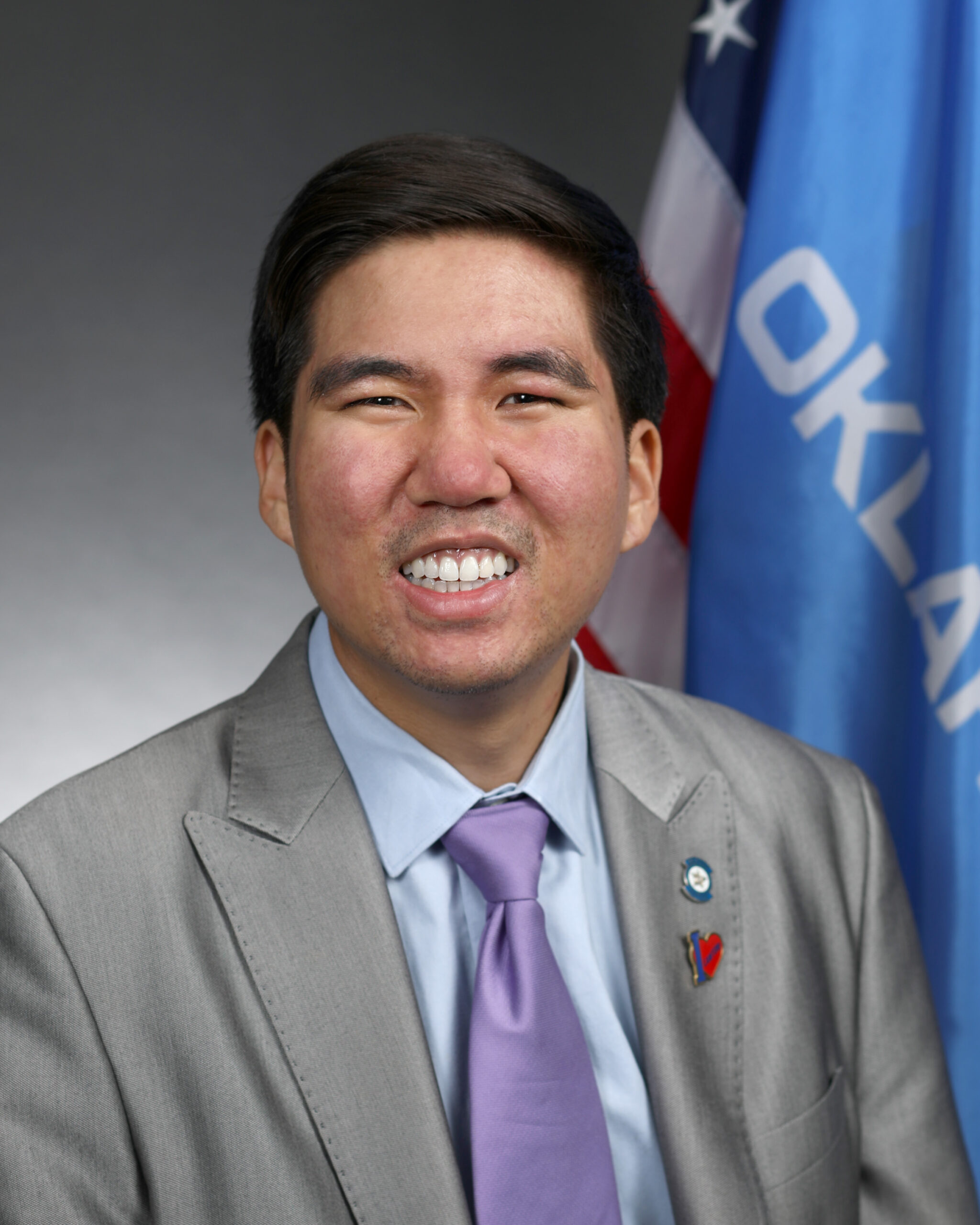
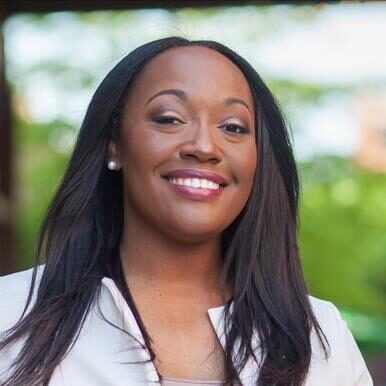
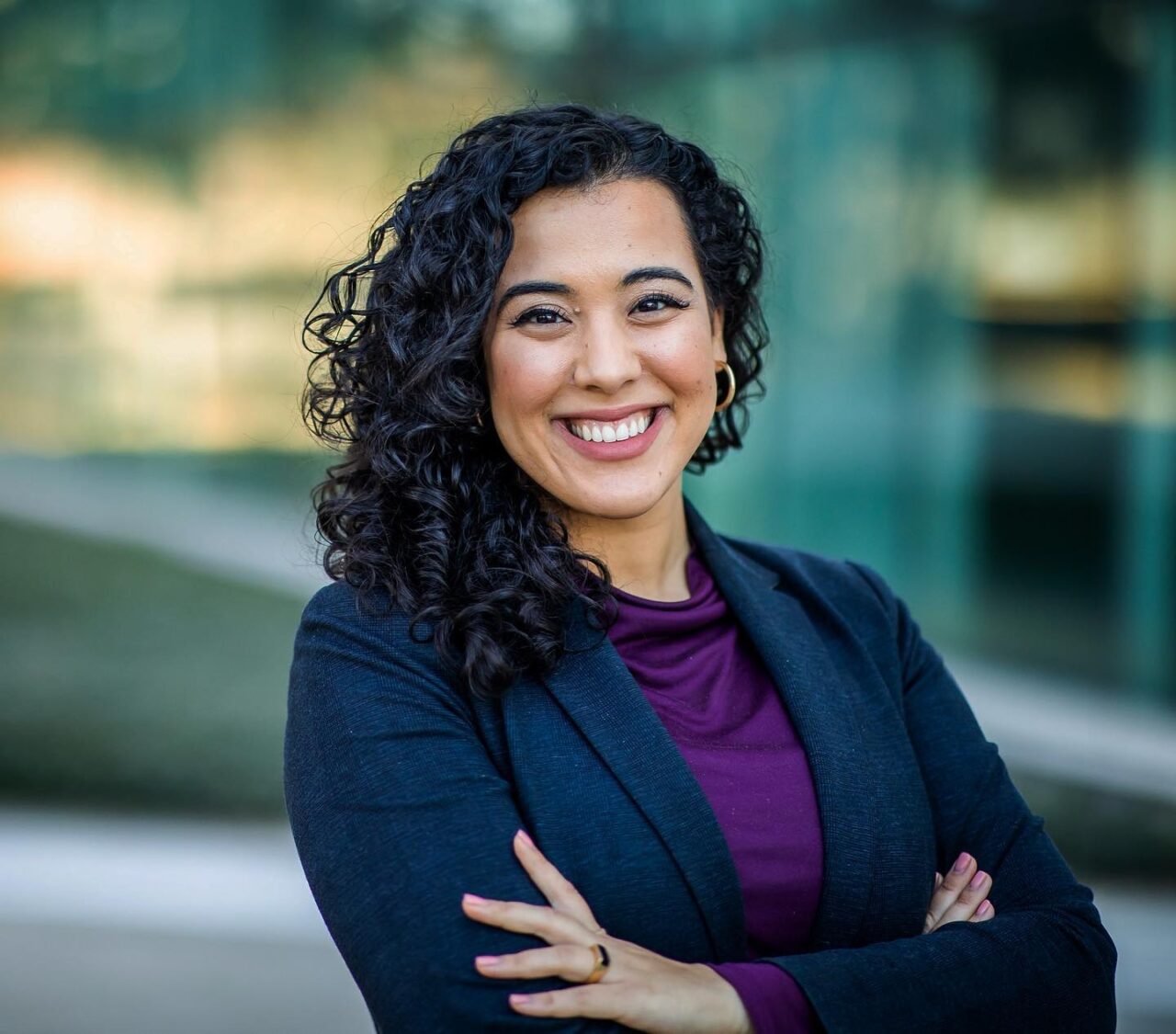
Join 1,900+ BIPARTISAN LEADERS NATIONWIDE
Be a part of a network of lawmakers committed to governing effectively, passing more representative public policy, and increasing public trust in democracy.